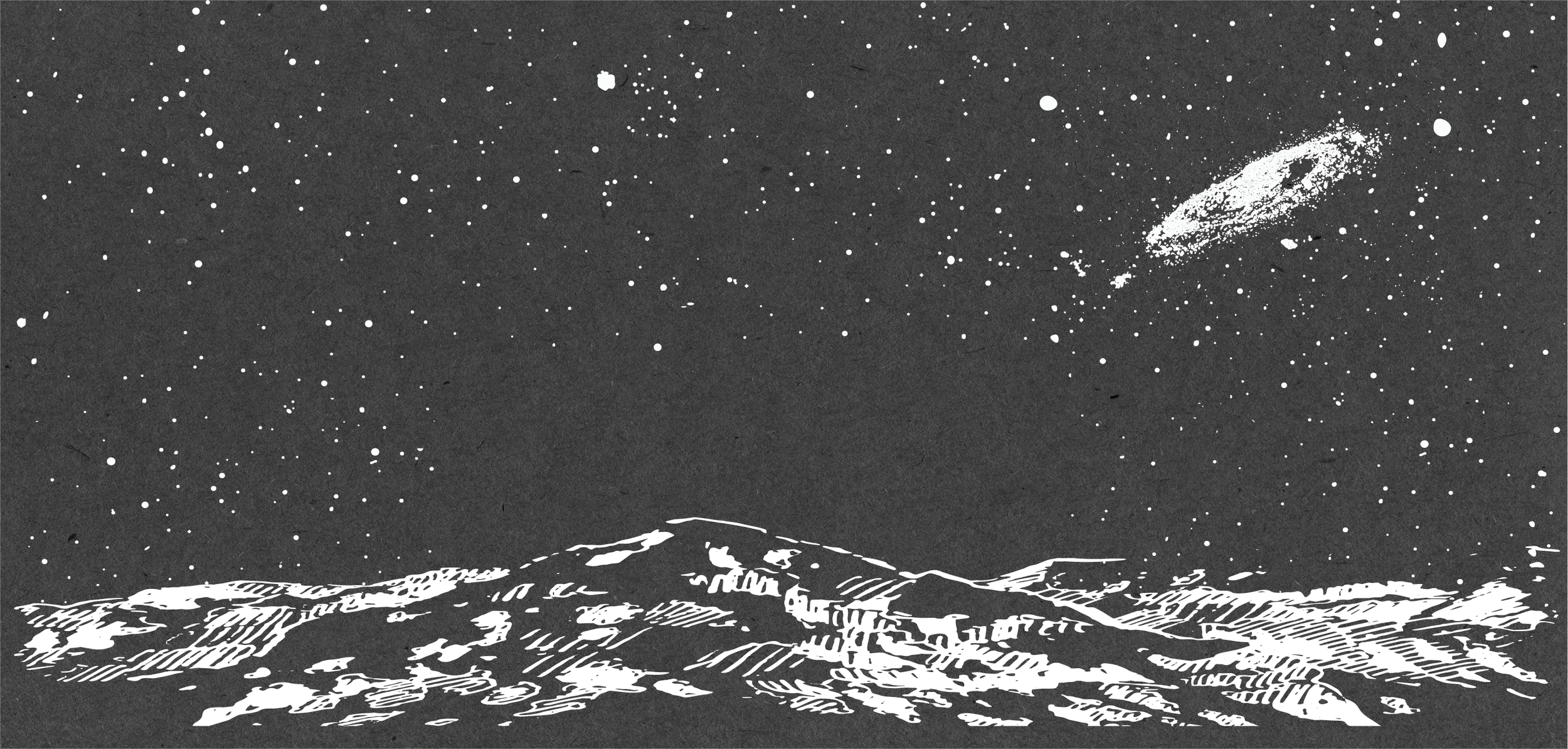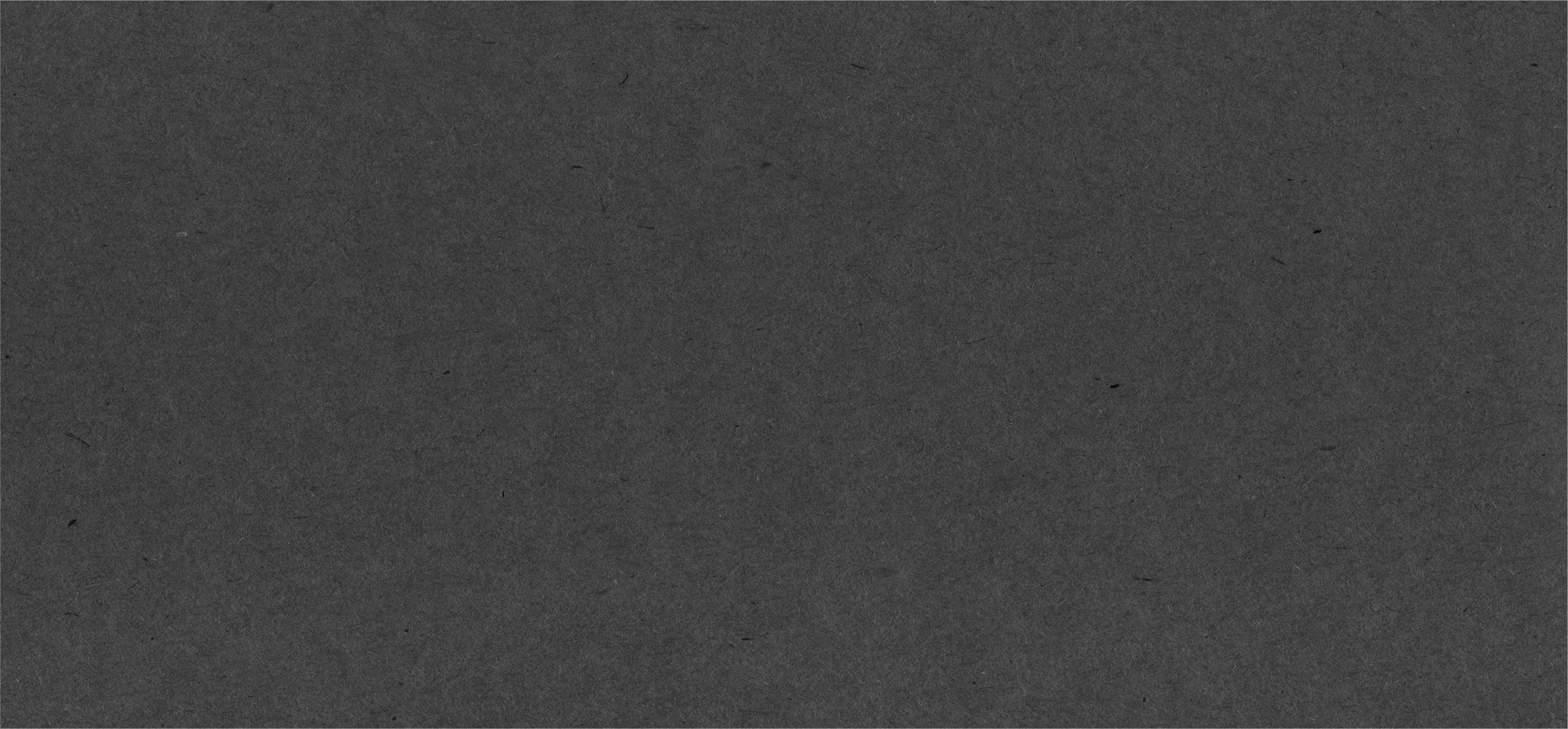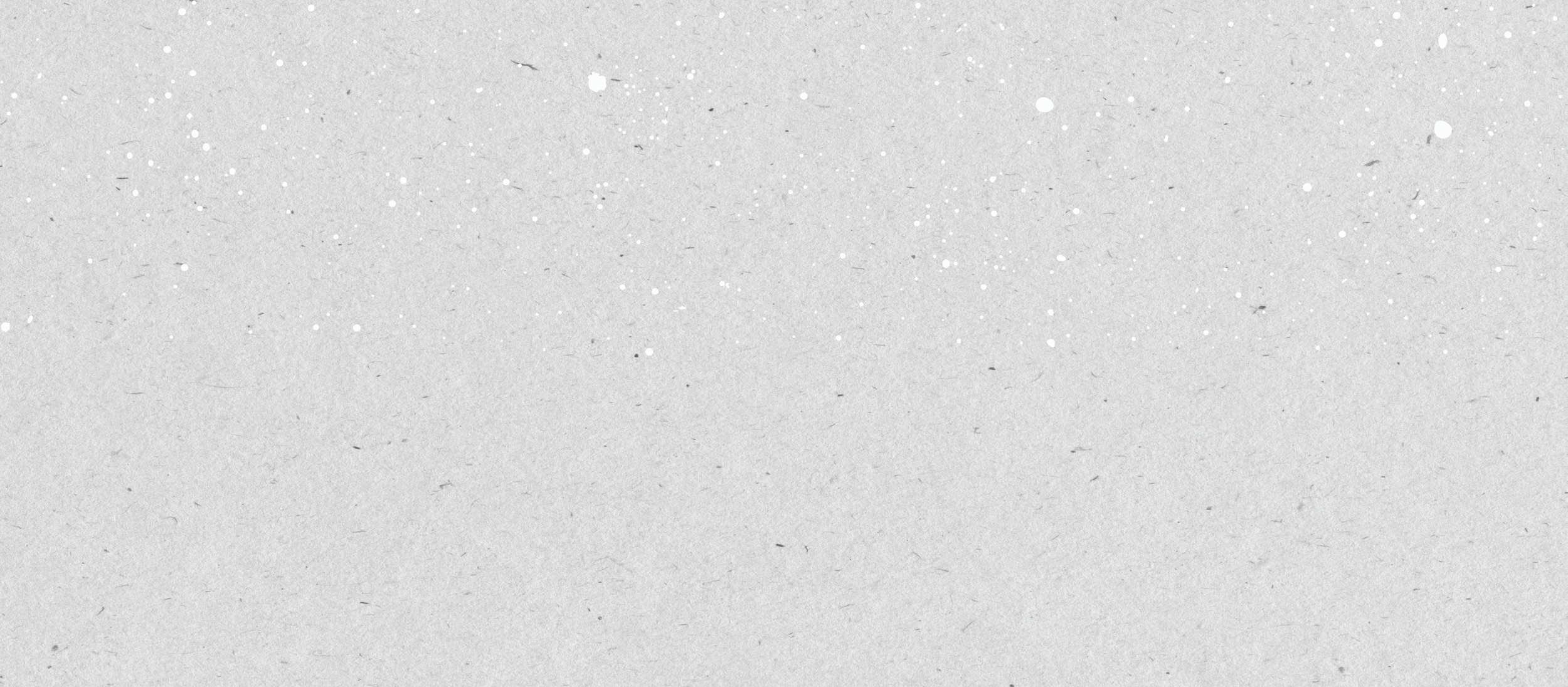
WHY DARK SKIES MATTER
Every day needs a NIGHT.

WHAT IS LIGHT POLLUTION?
So much happens when we are asleep.
Light pollution disrupts the biodynamics, biodiversity and habitat quality of important nocturnal species, throwing off the natural harmony of many species fundamental to healthy agricultural practices, such as birds, bats and bees.
The disruption of the circadian rhythm also impacts our natural balance. Research tells us that bright night skies also harm human health, consume resources, and contribute to climate change.
Sadly, light pollution also changes or blocks our view of the big, beautiful universe.
“All species are impacted by light pollution. Flooding a nocturnal environment with artificial light destroys habitat, no less than bulldozing trees in a rainforest.”
Artificial Light at Night: State of the Science 2024

“You and I are made of stardust.
We are the stuff of exploded stars.
We are, therefore, at least one way that the universe knows itself,
and that to me is astonishing.”
- BILL NYE

LIGHT POLLUTION affects various species and the environment
With habitat loss being the leading factor in the extinction of thousands of endangered species, we need to bring awareness to the role artificial light at night plays in this great devastation.
Nocturnal animals' sleeping, hunting and breeding habits can be seriously disturbed by light pollution. So many of our local Okanagan wildlife depend on the dark. Owls, marmots, coyotes, bears, bald eagles, badgers, quail, and many more species are nocturnal or active at night.*
We must manage light pollution to protect these vital insects and creatures.
“Many species (including humans) need darkness to survive and thrive.”

Most plants detect the season by duration of darkness. Flowering, development, seed formation, and the onset of dormancy can be compromised through the cumulative effects of light pollution. Grasses grow differently when exposed to artificial light at night, they grow less and also form less leaves.
plants and crops
Birds depend on natural light cues like the stars and moon for navigation during migration.
Light pollution leads birds off course and increases the risk of collisions with illuminated buildings. Birds are also attracted by light sources and become disoriented, exhausted and unable to fly out again into the darkness.
BIRDS
Insects, a staple diet for birds and animals, can be attracted or misdirected by artificial lights. This can result in an imbalance in the ecosystem when a ‘bug buffet’ is created for predators.
INSECTS
BATS
Bats, which rely on darkness for effective foraging and navigation, find it increasingly difficult to navigate and hunt in brightly lit environments. Bats are essential to our ecosystems and are crucial for pollinating plants and controlling pests.
Moths are also crucial to ecosystems, serving as pollinators for many nocturnal flowers and are an important food source for birds and bats. Attracting moths to artificial light disrupts their navigation system. This misdirection leads to increased predation and difficulties in mating and feeding, which creates a cascading effect on the ecosystems that depend on them.
MOTHS
Light pollution is affecting our essential pollinators. Research reveals that even a single artificial light source can confuse and disrupt bees' natural day-night cycles, impacting their sleep and recovery. This disruption can alter their reproductive cycles and hinder their crucial role in pollinating our orchards and gardens.
BEES
Artificial light at night is scientifically linked with the lowering of melatonin levels in the body, resulting in circadian rhythm modification. Recent studies have linked unnatural night-time lighting levels with adverse effects on human health, increasing risks for obesity, depression, sleep disorders, diabetes, breast cancer and more.*
*Human and Environmental Effects of Light Emitting Diode (LED) Community Lighting
HUMAN BEINGS
Blue-rich white light sources, such as bright LED head lights, increase glare and compromise human vision, especially in the aging eye. These lights can create potential road safety problems for motorists and pedestrians.
ROAD SAFETY
When translating light energy into financial waste, at an average of $.10 per kilowatt-hour, light waste in North America adds up to $1.74 billion a year. Every year, 9.1 million tons of coal, or 32.3 million barrels of oil are wasted generating the energy for this lost light - almost 600 million gallons of gasoline wasted. Residential light pollution accounts for 28 percent of total urban light pollution costs.* Dark Nights can help save our precious resources.
NATURAL RESOURCES
The history of scientific discovery and human curiosity is indebted to the natural night sky. Experiencing the night sky provides perspective and inspiration and leads us to reflect on our humanity and place in the universe.




